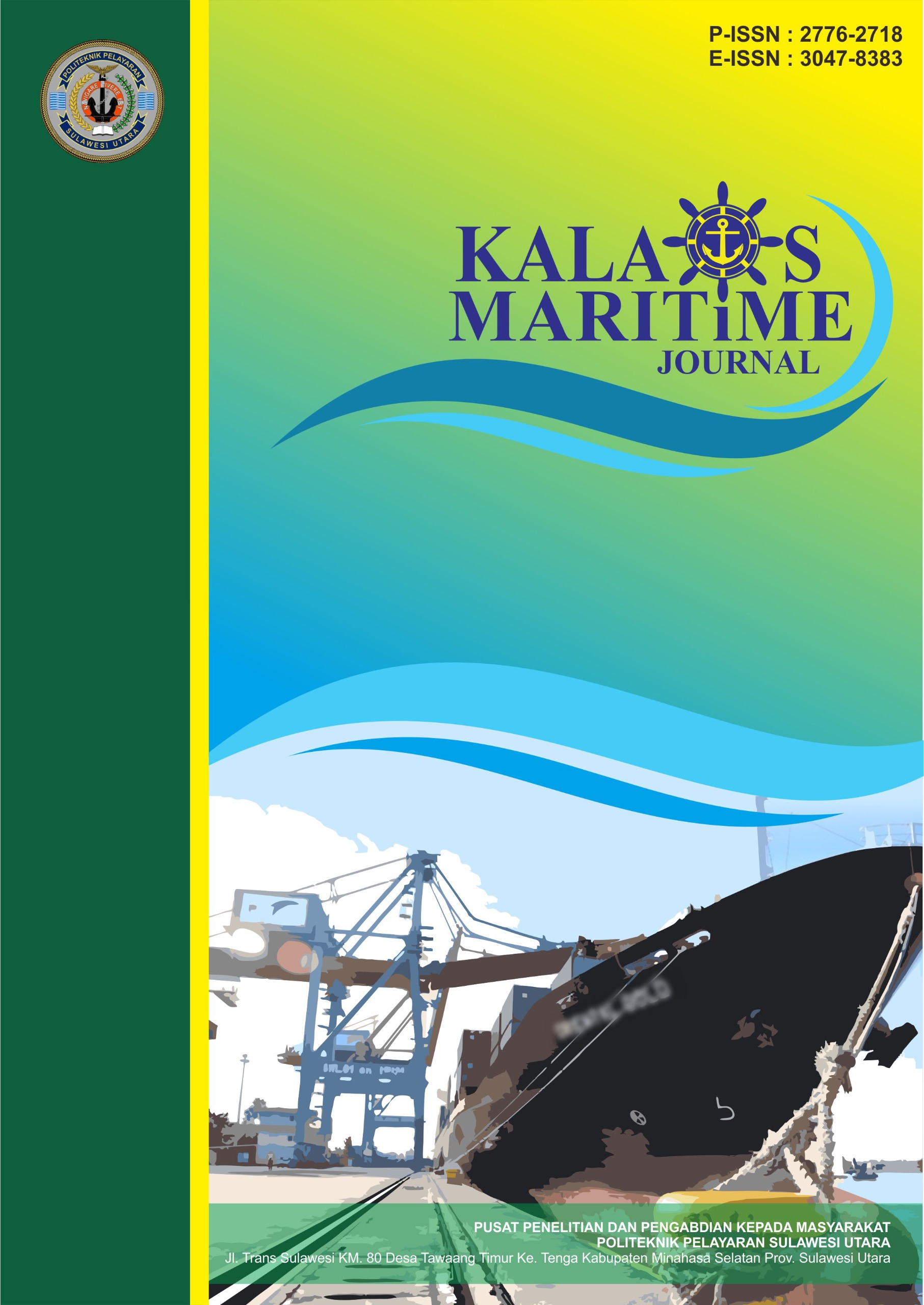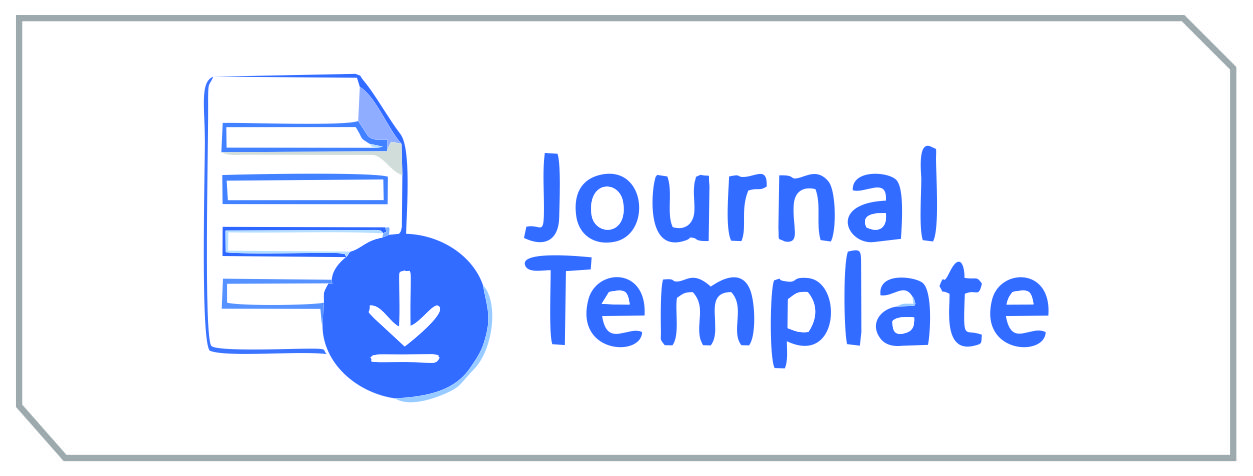Analisis Cargo Loss pada Saat Bongkar Muatan Fame di PT. Sinarmas LDA Maritime
DOI:
https://doi.org/10.69754/kalaos.v6i1.133Keywords:
Cargo Loss, FAME, Ship Cargo Shrinkage, Shipping, UnloadingAbstract
To support the smooth operation of maritime transportation, particularly in the transportation of liquids such as FAME oil, factors that can influence cargo loss must be properly managed. Deterioration in quality or loss of cargo volume can occur for several technical and non-technical reasons. One of the main factors causing FAME cargo loss is a leak in the ship's hull or poorly maintained tank structures, resulting in partial cargo loss during the voyage. Furthermore, inappropriate vessel characteristics, such as suboptimal carrying capacity, are also a major cause of cargo loss. Inaccurate unloading and unloading procedures, such as careless handling, also contribute to this problem. The impact of FAME cargo loss is significant, both financially and on the company's reputation. Claims received from charterers regarding losses can be detrimental to the company, and decreased customer confidence can impact shipping volumes and revenue. To minimize the risk of cargo loss, companies need to implement effective strategies, such as routinely inspecting vessels and storage tanks to ensure there are no leaks. Training crews in proper loading and unloading procedures is also crucial to avoid human error that can lead to losses. Implementing a regular visual and technical inspection system will improve operational quality and minimize cargo loss during FAME transportation. Furthermore, the use of more advanced monitoring technology, such as sensors to detect leaks or changes in tank pressure, can help detect problems early. Data-driven maintenance management systems can also be used to monitor vessel condition and optimize maintenance schedules, thereby reducing the risk of damage that could lead to cargo loss.
Downloads
References
Arikunto, S. (2010). Prosedur penelitian: Suatu pendekatan praktik. Jakarta: Rineka Cipta.
Arwinas, A. (2001). Liquid cargo: Jenis dan penanganannya. Penerbit Kelautan Indonesia.
Astuti, N. (2018). Kapal tunda dan kapal tongkang dalam transportasi laut. Penerbit Armada Maritim.
Horne, A. J. (2000). Cargo loss: Penyebab dan penanganannya. Penerbit Logistik Maritim.
Knothe, G. (2005). Fatty Acid Methyl Ester (FAME) sebagai biodiesel: Sifat fisik dan kimia. Penerbit Bahan Bakar Alternatif.
Lasse, P. (2014). Bongkar muat: Proses dan tahapannya. Penerbit Manajemen Pelabuhan.
Lis Lesmini, & Purwanto, B. (2017). Perekonomian dan Perkembangan Moda Transportasi Laut. Penerbit Akademik.
Moleong, L. J. (2013). Metodologi penelitian kualitatif (Edisi Revisi). Bandung: PT Remaja Rosdakarya.
Nazir, M. (2014). Metode penelitian. Jakarta: Ghalia Indonesia.
Permenhub PM no 152 tahun 2016. (2016). Peraturan Menteri Perhubungan tentang Usaha Bongkar Muat Barang. Kementerian Perhubungan Republik Indonesia.
Satori, D. (2009). Metodologi penelitian kualitatif. Bandung: Alfabeta.
Smith, J. (2010). Kapal tongkang dan peranannya dalam transportasi material berat. Penerbit Transportasi Maritim.
Smith, J. (2011). Jenis-jenis kapal tugboat dan fungsinya. Penerbit Transportasi Maritim.
Sugiono. (2007). Metode penelitian pendidikan: Pendekatan kuantitatif, kualitatif, dan R&D. Bandung: Alfabeta.
Sukmadinata, N. S. (2009). Metode penelitian pendidikan. Bandung: PT Remaja Rosdakarya.
Sutrisno, H. (2017). Analisis logistik maritim dalam pengangkutan barang cair. Penerbit Nautika.
Wibowo, R. S. (2020). Manajemen transportasi laut dan sistem pengangkutannya. Penerbit Lautan Indonesia.
Downloads
Published
How to Cite
Issue
Section
License
Copyright (c) 2025 Kalao’s Maritime Journal

This work is licensed under a Creative Commons Attribution-ShareAlike 4.0 International License.















